HGTV makes home renovations look glamorous, fast, and oddly satisfying. But the reality is that some of those picture-perfect fixes would never fly under the scrutiny of a real-life home inspector. From unsafe shortcuts to purely cosmetic cover-ups, plenty of on-screen solutions are more style than substance. Here are 11 common TV-style upgrades that could become red flags in the real world.
1. Painting Over Mold or Water Damage

It might look like a quick fix on TV, but painting over mold doesn’t solve anything—it just hides the problem temporarily. Mold is often a sign of moisture issues or leaks, both of which need to be addressed at the source, says the U.S. Environmental Protection Agency. A home inspector will spot the discoloration, bubbling paint, or musty smell and flag it immediately. Not only could this fail inspection, it could be a health hazard too.
If mold remediation isn’t properly done and documented, it can hurt the resale value of a home. In many states, sellers are required to disclose past mold issues. Simply painting over it won’t eliminate the spores or fix the underlying cause. It’s one of the most common “quick fixes” that makes inspectors shake their heads.
2. DIY Electrical Work Without Permits
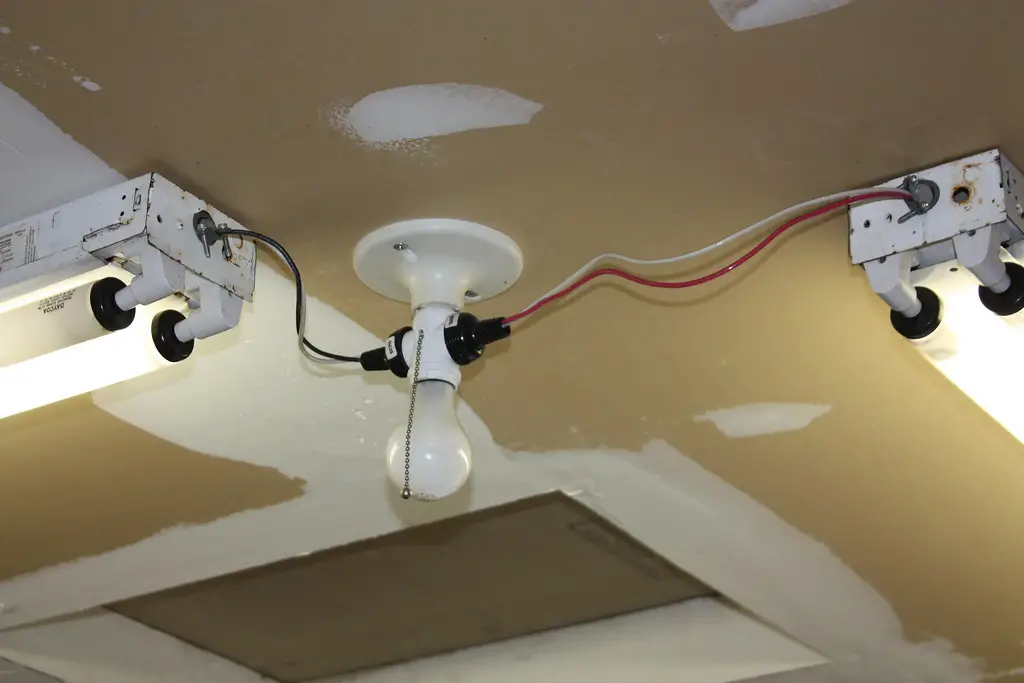
Running a few wires on a Saturday afternoon might seem like a small job on TV. But in the real world, according to Suburban Enterprises, unpermitted electrical work is a big no-no and can be dangerous. Licensed electricians follow strict codes for a reason, and inspectors are trained to spot amateur wiring. Missing junction boxes, wrong gauge wires, or overloaded circuits are all inspection killers.
Improper electrical work can lead to everything from failed inspections to house fires. Even if it looks clean, it could be entirely wrong behind the walls. Many cities require permits for electrical updates, and skipping this step is a red flag. If you DIYed your wiring, don’t be surprised when the inspector calls it out.
3. Covering Old Wiring with Decorative Panels
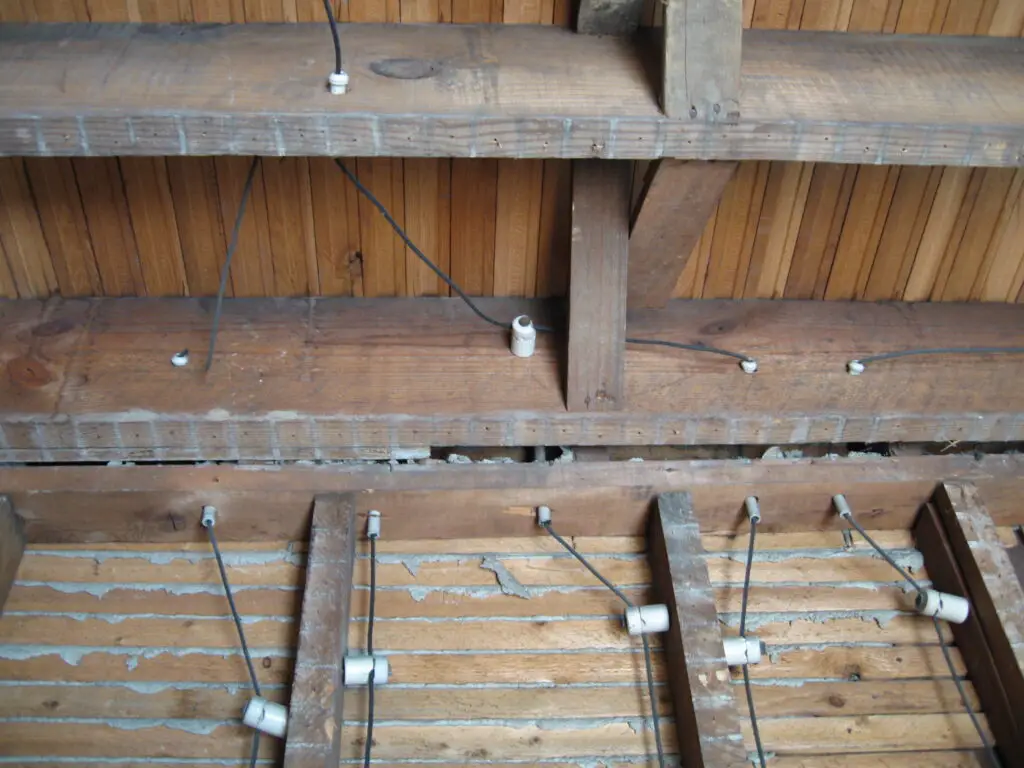
It’s tempting to slap up a shiplap wall or reclaimed wood paneling to cover an outdated mess. But if you’re hiding knob-and-tube wiring or aluminum wires, that’s a serious issue, says Kraun Electric. These systems often don’t meet current safety codes and can’t support modern electrical loads. Covering them without proper updates could mean failing inspection—or worse, starting a fire.
Home inspectors will often pull outlet covers or investigate behind access points. If they spot old wiring hidden behind decorative panels, it raises immediate concerns. Not only can it delay your closing, but it could also trigger a recommendation for a full electrical rewire. And no amount of rustic charm will make that cheaper.
4. Improperly Vented Range Hoods
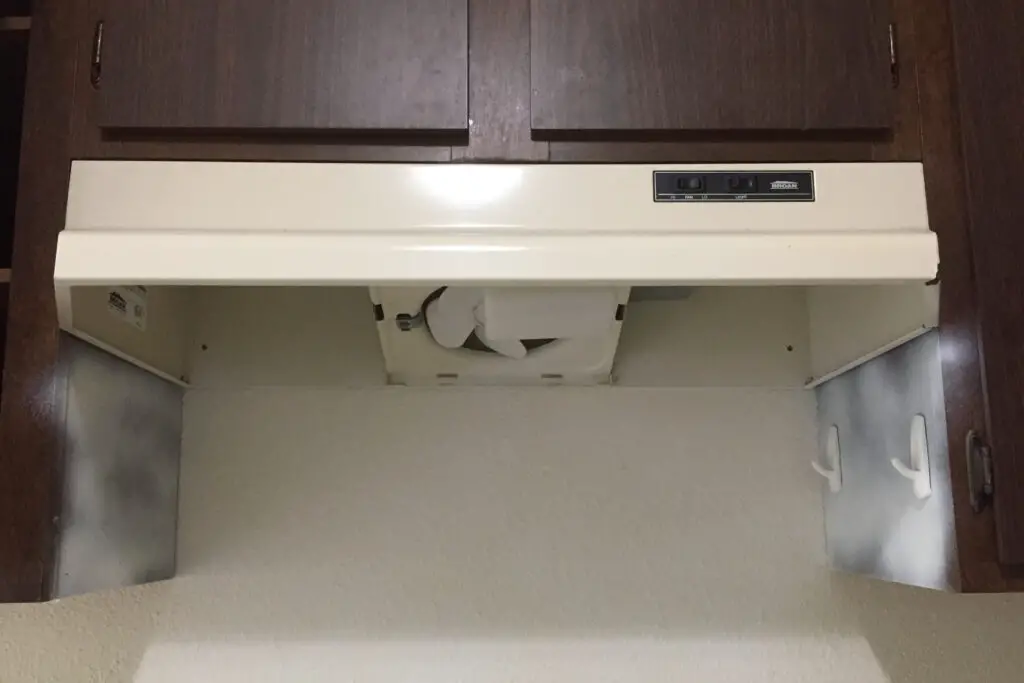
HGTV loves a beautiful kitchen moment, but Copper Smith says that those sleek range hoods are too often vented right into the attic—or not at all. Proper venting must go directly outside the house, not into enclosed spaces. Venting into the attic invites moisture, mold, and even structural damage over time. A good inspector will catch it immediately and call for correction.
Many older homes didn’t originally require external venting, but that doesn’t mean it flies today. Ventless systems are only allowed in very specific situations with charcoal filters. Anything else is a violation of building codes in most areas. Your dream kitchen shouldn’t come with a side of mildew in the rafters.
5. Floating Staircases Without Railings
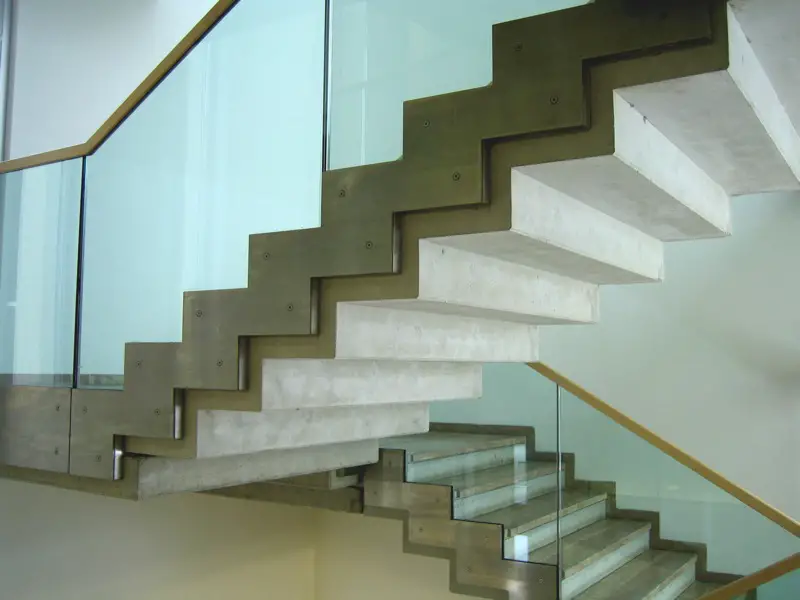
Nothing says modern like an open staircase with no visible supports or railings. But while it may look stunning in a reveal montage, it’s rarely code-compliant—especially if the openings are too wide or the rise and run aren’t uniform. Inspectors look for safety, especially when children or elderly people may live in the home. A missing handrail or non-standard dimensions can easily cause a failed inspection.
Building codes require that staircases meet strict safety guidelines. There are maximum gaps allowed between treads, minimum railing heights, and specific load requirements. Floating stairs are allowed, but only when engineered properly and installed by a pro. Style alone doesn’t make it safe.
6. Non-Code Plumbing in Bathrooms
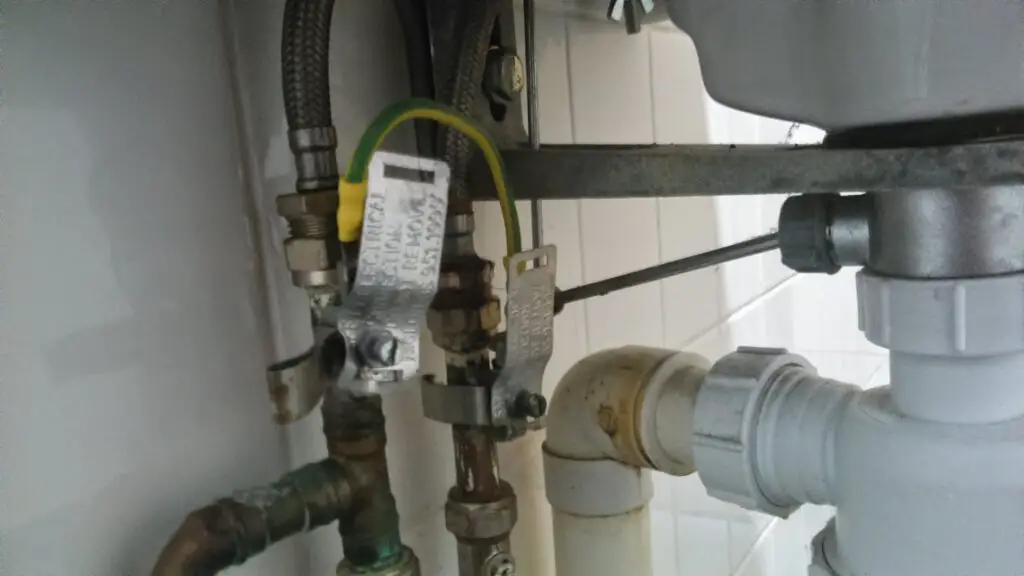
On HGTV, you might see bathrooms with fancy fixtures hooked up in record time. But behind the scenes, there’s often a web of plumbing code violations. Drain lines might not be the right size, or vent stacks could be missing altogether. Improper slopes can cause slow drainage, foul odors, or worse.
Home inspectors look carefully at bathroom plumbing. They check water pressure, drainage, pipe material, and placement of cleanouts. Quick installs that skip permits or cut corners won’t pass muster. Aesthetic upgrades should never come at the cost of functionality and code compliance.
7. Improper Egress Windows in Basements
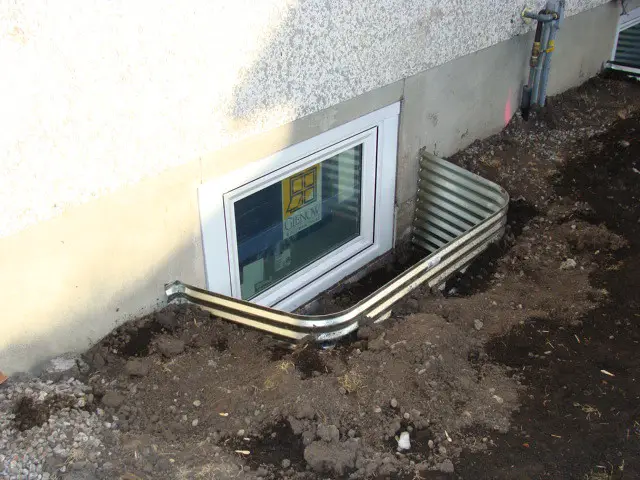
Turning a basement into a cozy bedroom is a popular TV transformation, but many skip a critical requirement: egress windows. A proper escape route is required in any sleeping space, and tiny old windows don’t cut it. Egress windows must meet minimum height, width, and clearance standards. Without one, the space can’t legally be called a bedroom.
Inspectors will measure the opening and check for code compliance. Even if it’s beautifully finished, a basement room without a proper exit is a safety issue. It also limits your resale value and could lead to insurance problems. Bottom line: no egress, no bedroom.
8. Slapping Drywall Over Cracks
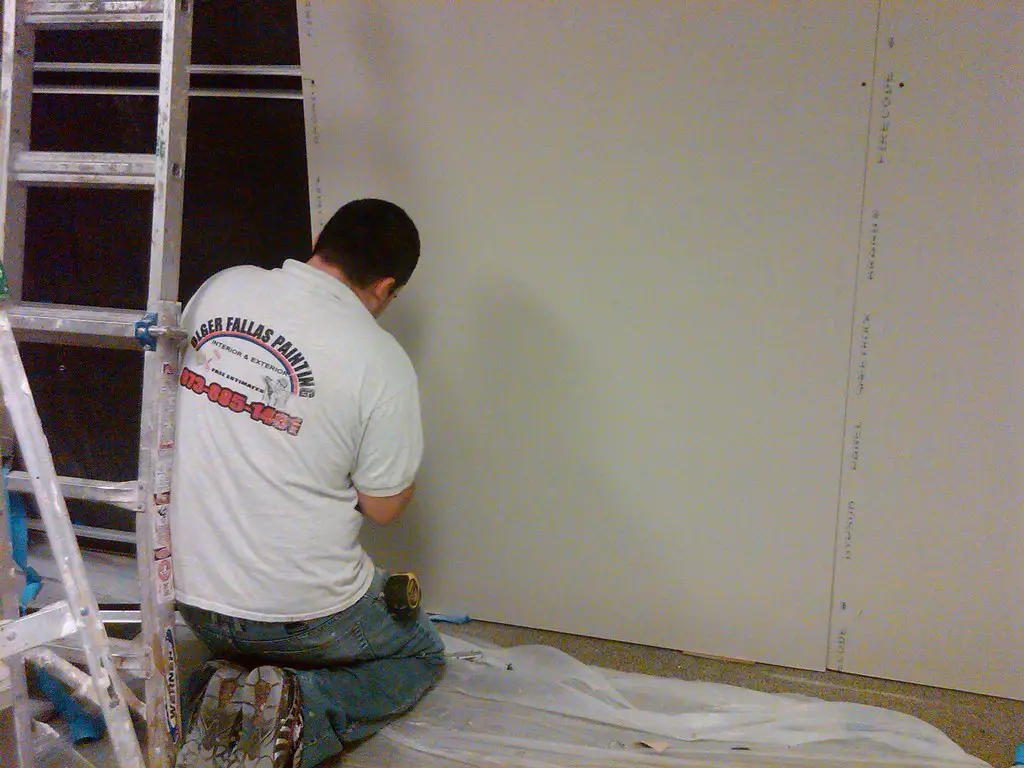
Cracks in walls or ceilings can signal foundation shifts, moisture damage, or settling. Covering them with new drywall or creative trim might fool a camera crew, but not a licensed inspector. They know where to look for signs of structural movement and will often probe beneath the surface. Cosmetic fixes without root-cause repairs are a recipe for inspection trouble.
It’s not just about hiding the crack—it’s about ignoring the cause. If the foundation is moving, patching won’t solve the problem. Inspectors will note it in their report, often recommending structural assessment. And once that happens, buyers may walk or renegotiate.
9. Installing Non-Rated Wood-Burning Stoves
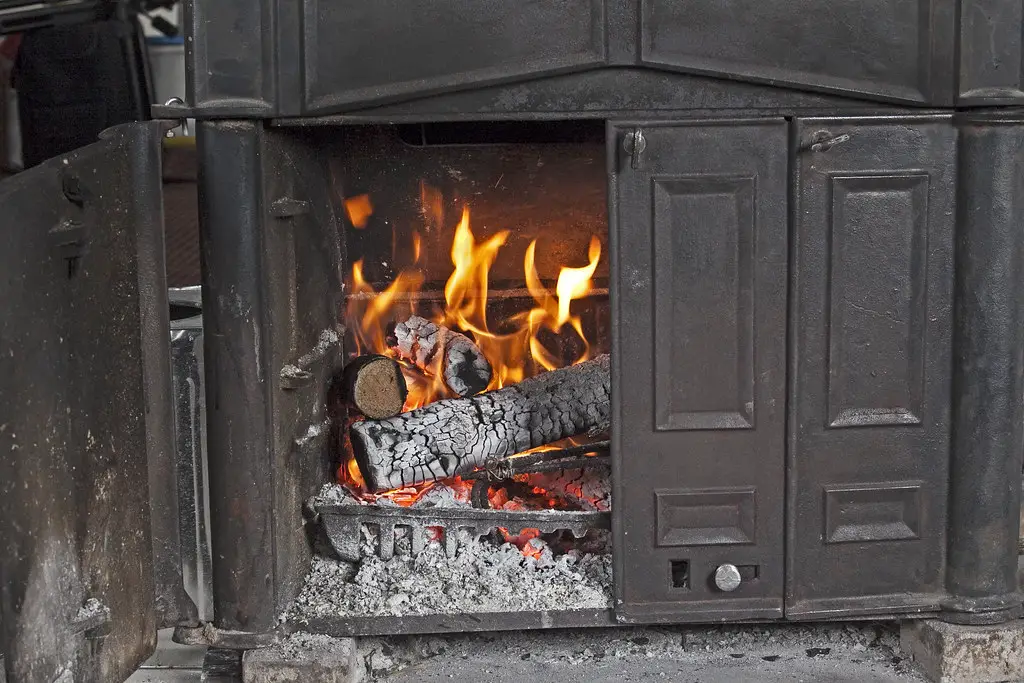
Rustic cabins and HGTV reno shows love to add freestanding stoves for ambiance. But many of these installs don’t follow clearance requirements or lack proper floor protection. Wood-burning appliances must meet UL listing standards and be installed with adequate spacing from walls and ceilings. Without that, the risk of fire increases dramatically.
Inspectors will check whether the unit is rated and properly installed. They’ll also inspect for heat shields, non-combustible surfaces, and chimney flue integrity. A pretty stove with a pipe in the ceiling doesn’t mean it’s safe. This is one area where shortcuts are simply dangerous.
10. Fake Beams That Hide Nothing
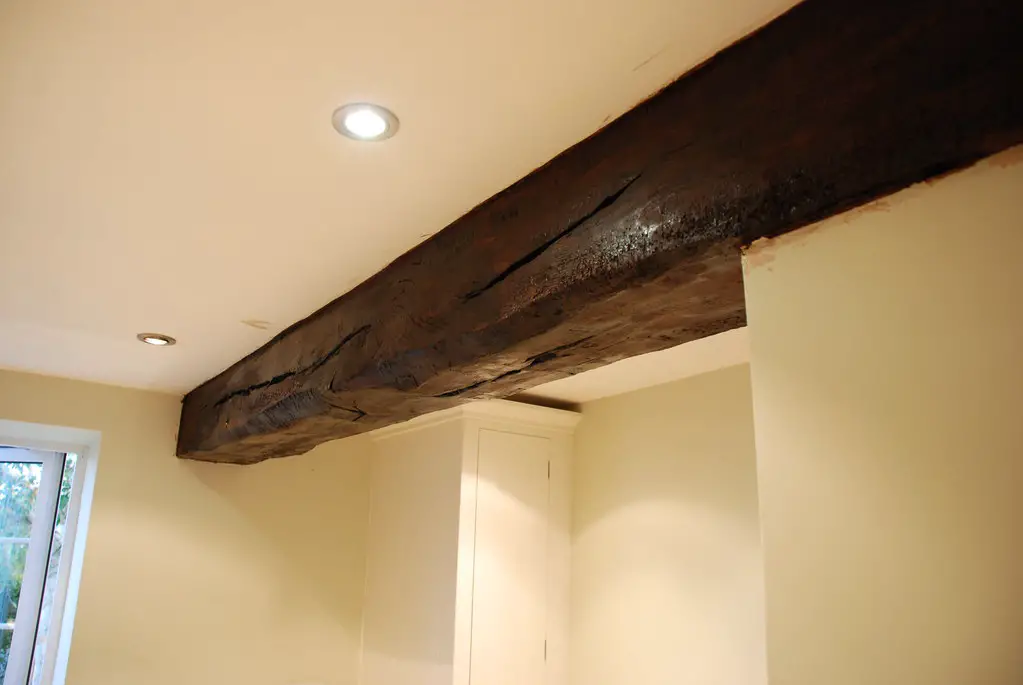
Faux ceiling beams add charm, but they’re often installed just for looks without structural purpose. That’s fine—unless they’re hiding wiring, pipes, or damage. Some HGTV projects install these to quickly mask ceiling issues instead of fixing them. But inspectors know to ask: What’s under there?
They may ask for removal or photos of what was concealed. Covering up instead of addressing the issue beneath can raise red flags. Decorative beams should enhance a space—not act like ceiling Band-Aids. When in doubt, transparency is better than disguise.
11. Skipping Permits for Major Renovations
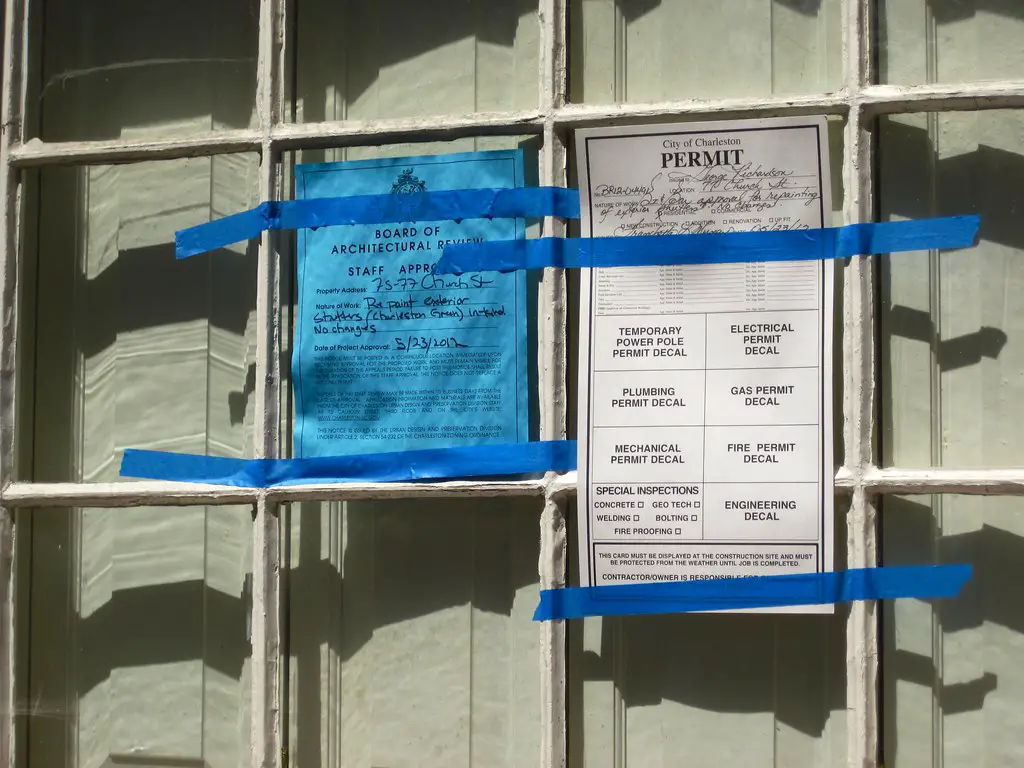
Permits aren’t just red tape—they’re proof the work meets safety and building codes. HGTV timelines often skip over the permitting process to keep the drama moving. But if you add a bathroom, change plumbing, or rewire without proper permits, it could haunt your inspection later. Many buyers and lenders won’t touch a home with unpermitted work.
Inspectors can often tell when something was added recently and may ask for permit paperwork. Without it, they may flag the project, require retroactive approval, or recommend removal. It’s not just about passing inspection—it’s about protecting future homeowners. Skipping permits is a gamble that rarely pays off.
